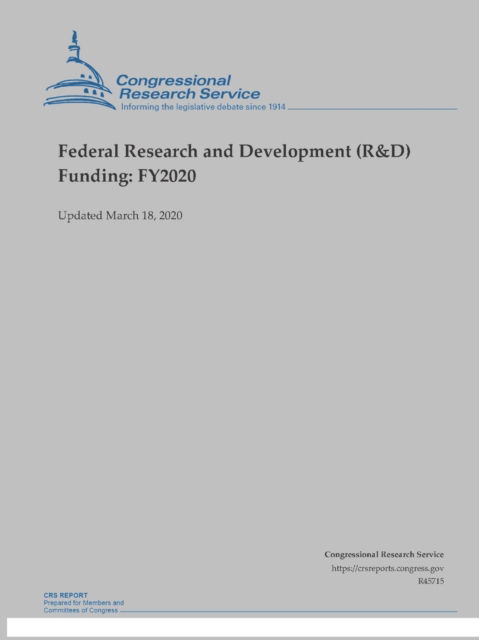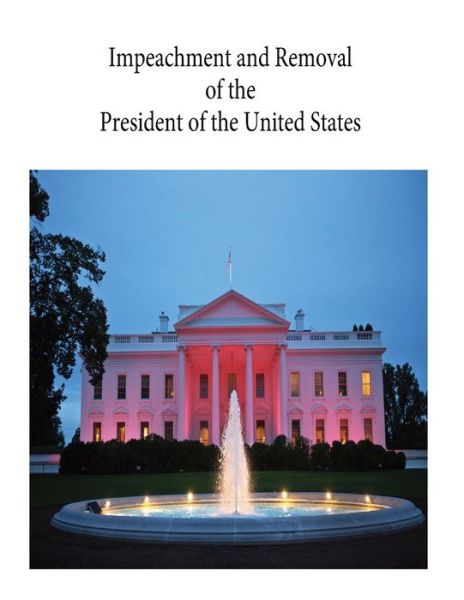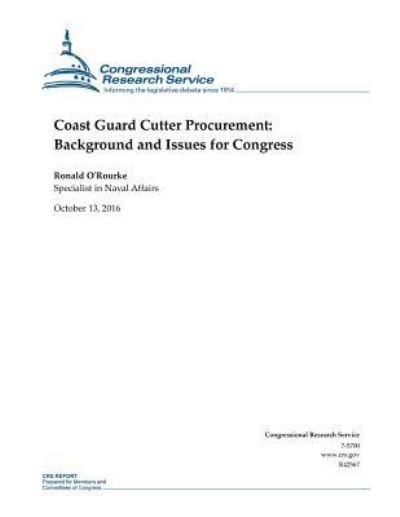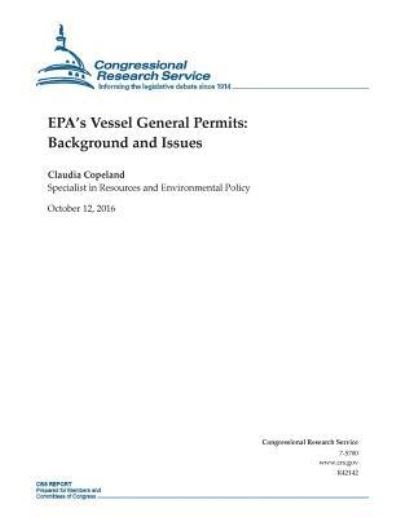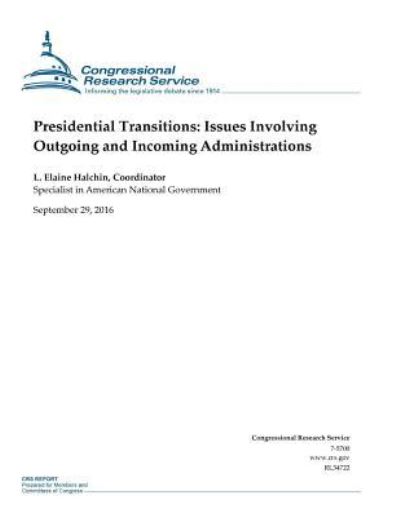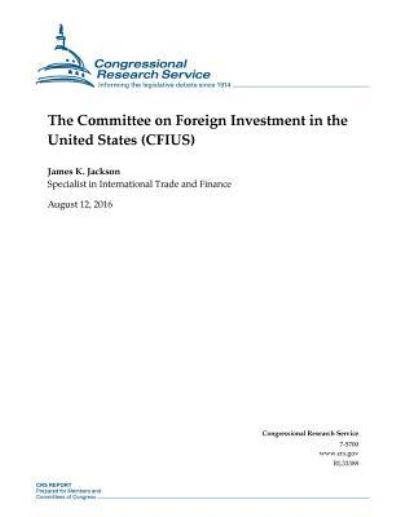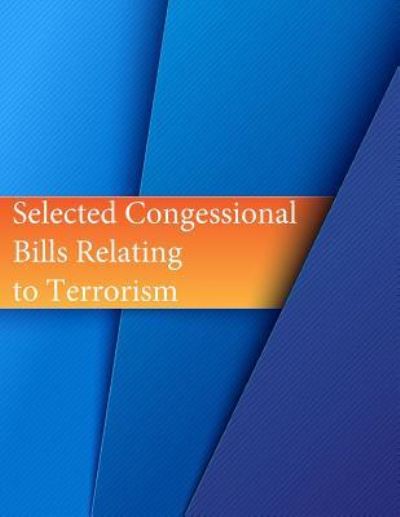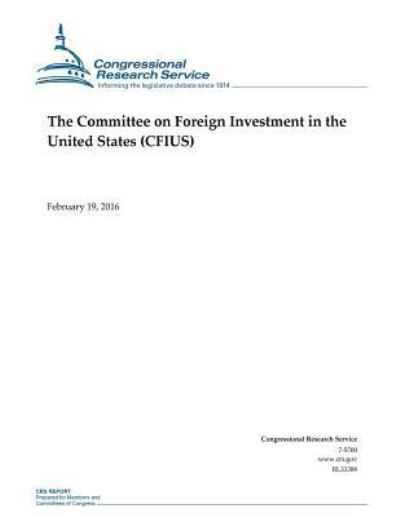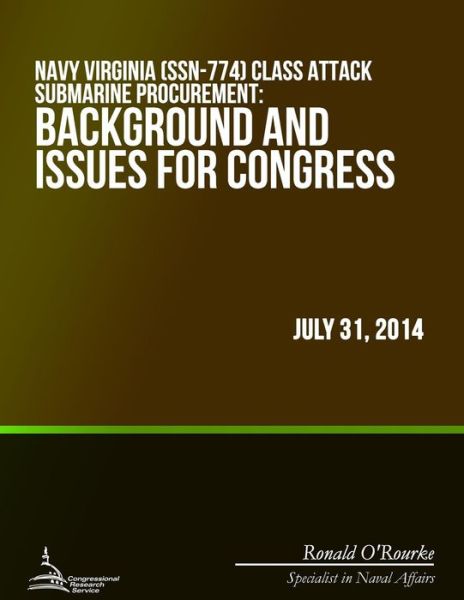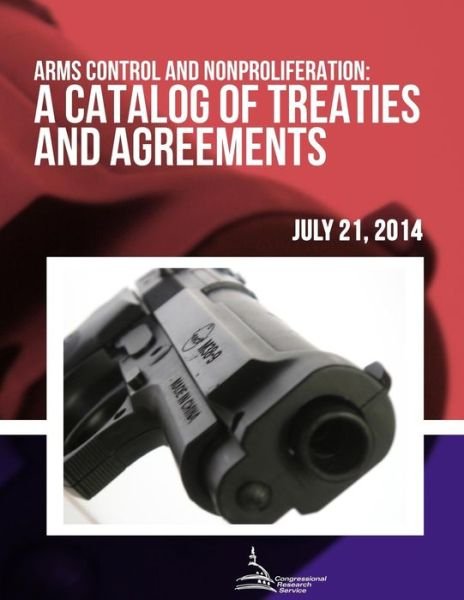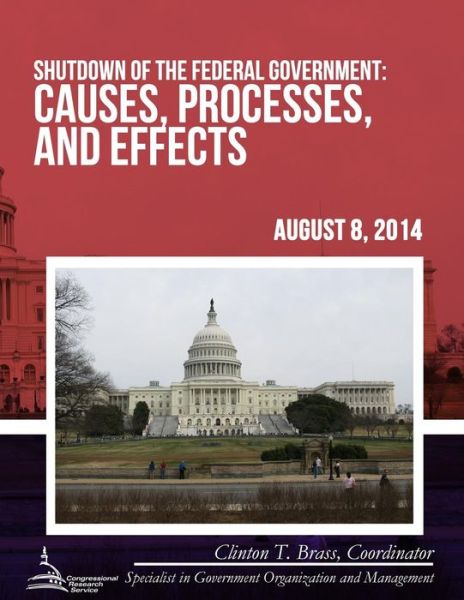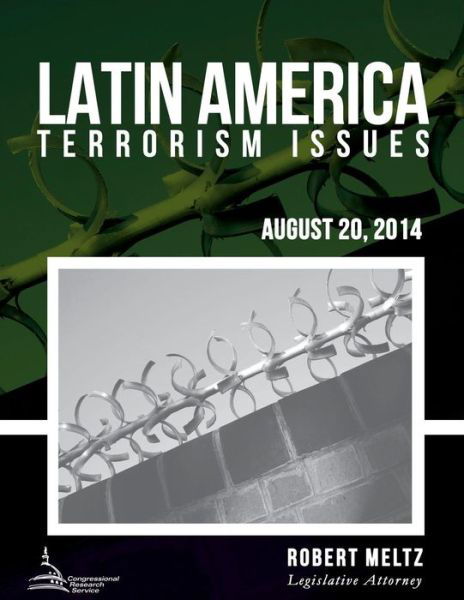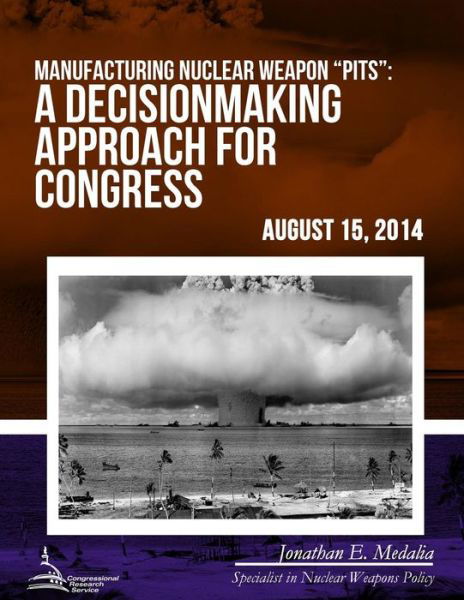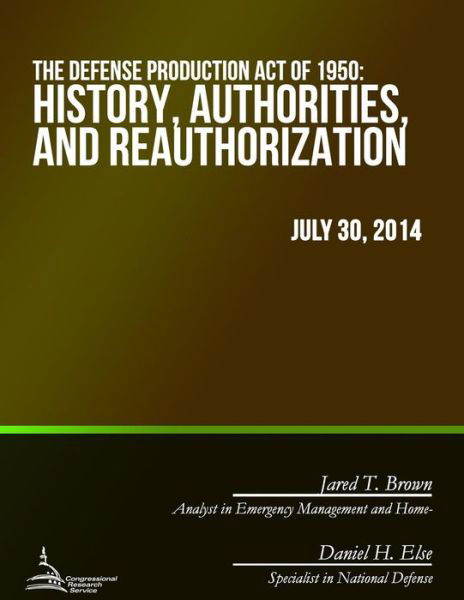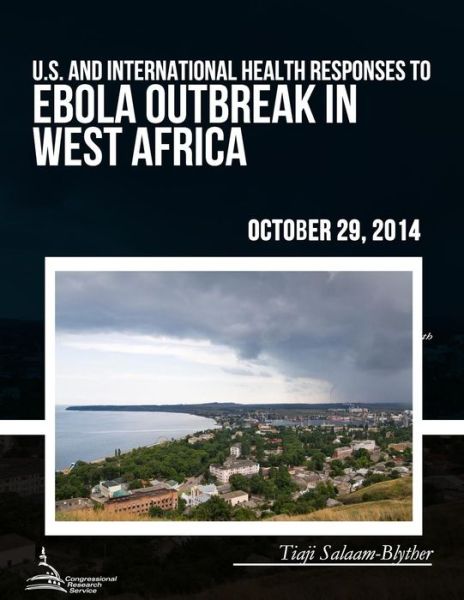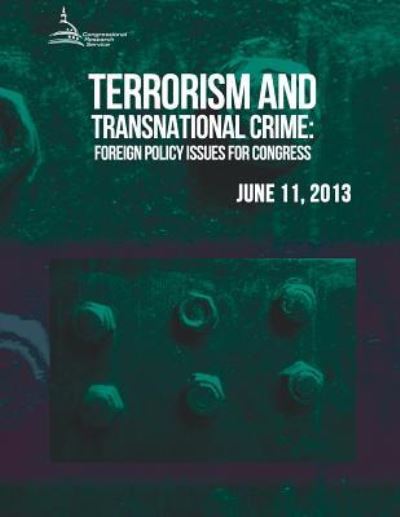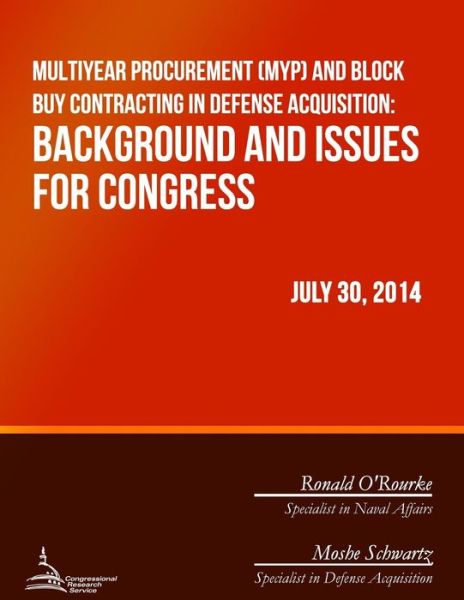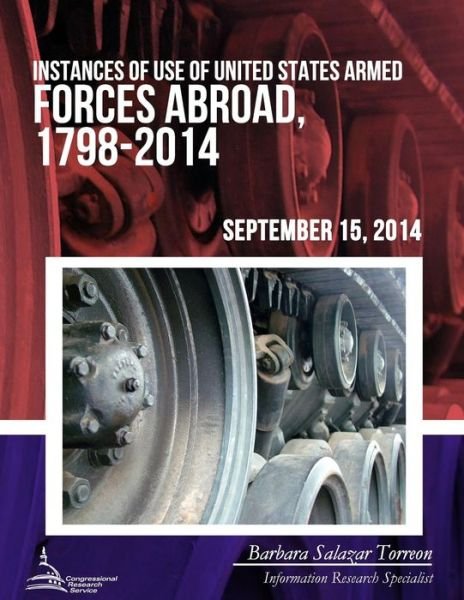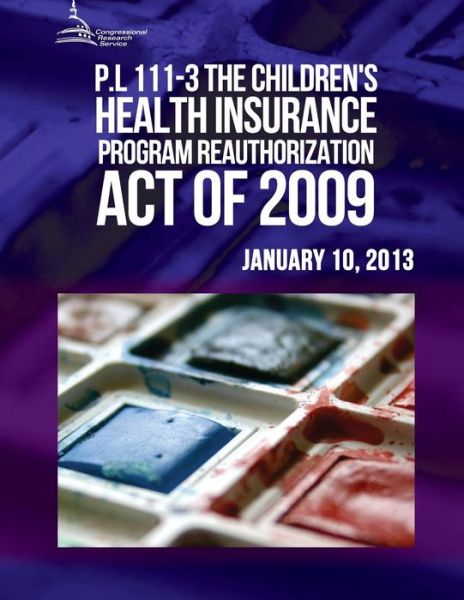
Vinkkaa tuotetta kavereillesi:
Nonstrategic Nuclear Weapons
Congressional Research Service
Nonstrategic Nuclear Weapons
Congressional Research Service
Recent debates about U. S. nuclear weapons have questioned what role weapons with shorter ranges and lower yields can play in addressing emerging threats in Europe and Asia. These weapons, often referred to as nonstrategic nuclear weapons, have not been limited by past U. S.-Russian arms control agreements. Some analysts argue such limits would be of value, particularly in addressing Russia's greater numbers of these types of weapons. Others have argued that the United States should expand its deployments of these weapons, in both Europe and Asia, to address new risks of war conducted under a nuclear shadow. The Trump Administration addressed these questions in the Nuclear Posture Review released in February 2018, and determined that the United States should acquire two new types of nuclear weapons: a new lowyield warhead for submarine-launched ballistic missiles and a new sea-launched cruise missile. The Navy had deployed the first of these, in small numbers, on U. S. ballistic missile submarines. Analysts have identified a number of issues with the continued deployment of U. S. and Russian nonstrategic nuclear weapons. In the past, these have included questions about the safety and security of Russia's weapons and the possibility that some might be lost, stolen, or used without authorization. Analysts have also questioned the role of these weapons in U. S. and Russian security policy; the role they play in NATO policy and whether there is a continuing need for the United States to deploy them at bases overseas; possible implications of the disparity in numbers between U. S. and Russian nonstrategic nuclear weapons; and the relationship between nonstrategic nuclear weapons and U. S. nonproliferation policy. Some argue that these weapons do not create any problems and the United States should not alter its policy. Others argue that the United States should expand its deployments of these weapons in response to challenges from Russia, China, and North Korea. Some believe the United States should reduce its reliance on these weapons and encourage Russia to do the same. Many have suggested that the United States and Russia expand efforts to cooperate on ensuring the safe and secure storage and elimination of these weapons; others have suggested that they negotiate an arms control treaty that would limit these weapons and allow for increased transparency in monitoring their deployment and elimination.
| Media | Kirjat Paperback Book (Kirja pehmeillä kansilla ja liimatulla selällä) |
| Julkaisupäivämäärä | lauantai 27. maaliskuuta 2021 |
| ISBN13 | 9798729375974 |
| Tuottaja | Independently Published |
| Sivujen määrä | 48 |
| Mitta | 216 × 280 × 3 mm · 136 g |
| Kieli | English |
Lisää tuotteita Congressional Research Service
Katso kaikki joka sisältää Congressional Research Service ( Esim. Paperback Book Ja Book )


